Table of contents
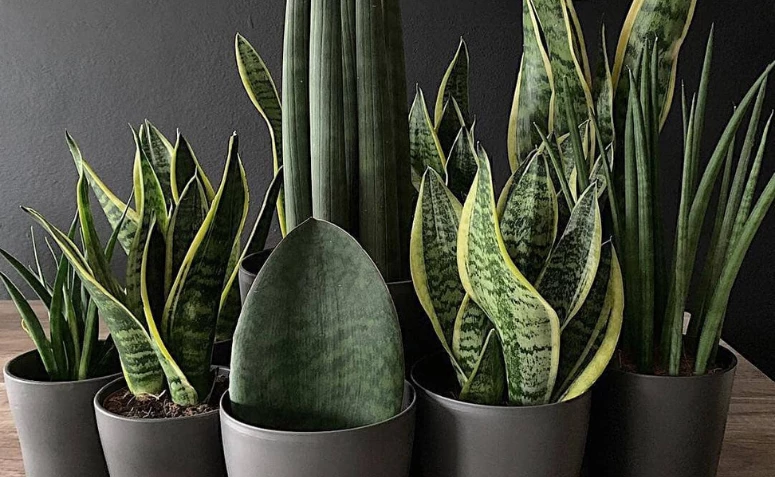
Natural elements make all the difference in creating a harmonious space, because they are easy to adorn with the decoration and still provide more lightness to the environment. Shade plants are ideal for those who want nature indoors or have small indoor gardens.
How to care for shade plants?
Like all types of plants, those that do well in not so bright environments also need attention. Although some species are more resistant than others, they cannot be neglected and some important factors need to be considered.
Watch your location: For plants and, especially, flowers that grow well in low-light environments, try not to leave your vase in places that receive direct light, such as windows. In the case of balconies, the care is doubled: always try to place them in shady corners and, preferably, in spaces that do not run the risk of getting too hot or dry.
Find the right amount of water: In general, shade plants do not need to be watered so often, because they have their own water storage. But each species needs specific care, so it is important to know the chosen plant well and observe how many times a week it should be watered. A tip is to touch the soil and only water when it is dry.
Succulents and cacti: This type of plant does not require much maintenance or frequent watering, and some species do not need sun. However, it is important to pay attention to the type of fertilizer used in the soil so that it can survive longer. The organic matter depends on each species, which may need specific nutrients, but the NPK type is the most common.
Plant in the living room? control the temperature: Although they don't do well in direct light and hot environments, it doesn't mean that they can stand refrigerated places. Don't put your indoor shade plant in areas of contact with air conditioning, because they can suffer burns and dry out, turn yellowish, and lose all the charm that only healthy plants possess.
Attention to light: The differential of these plants is precisely their good adaptation to environments with low light or artificial light, which in general means that they do not do well with direct sunlight, although some can withstand periods of drought.
Shade plants are usually more delicate and may require more care, but this does not mean that they are difficult to grow. The important thing is to keep them with soil full of nutrients and sufficient water.
10 shade plants to choose from
There are many options, shapes, colors, and sizes of shade plants, and there is literally a species for every taste and gardening skill.
See_also: Integrated environments: 200 photos, tips and questions answered1. wax flower
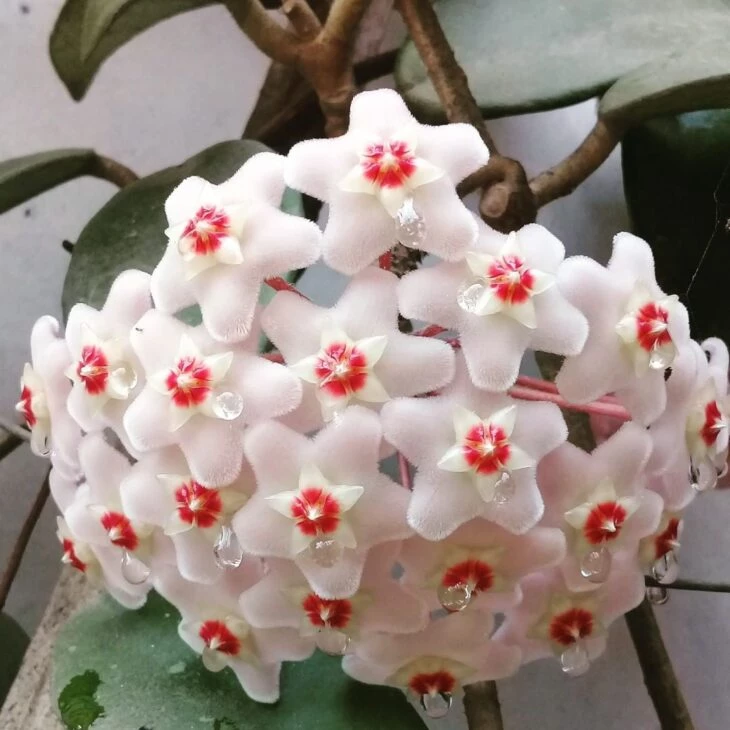
With some similarity to orchids, the wax flower is an exotic plant and much used in ornamentation because of its beauty, being ideal for a vertical garden. Its scientific name is Hoya carnosa, and it is a perennial plant, that is, it has a long life cycle. Its flowering goes from spring to autumn and needs little sunlight to survive. In summer, watering needs to beregular while in winter, almost suspended.
2. macaroni cactus
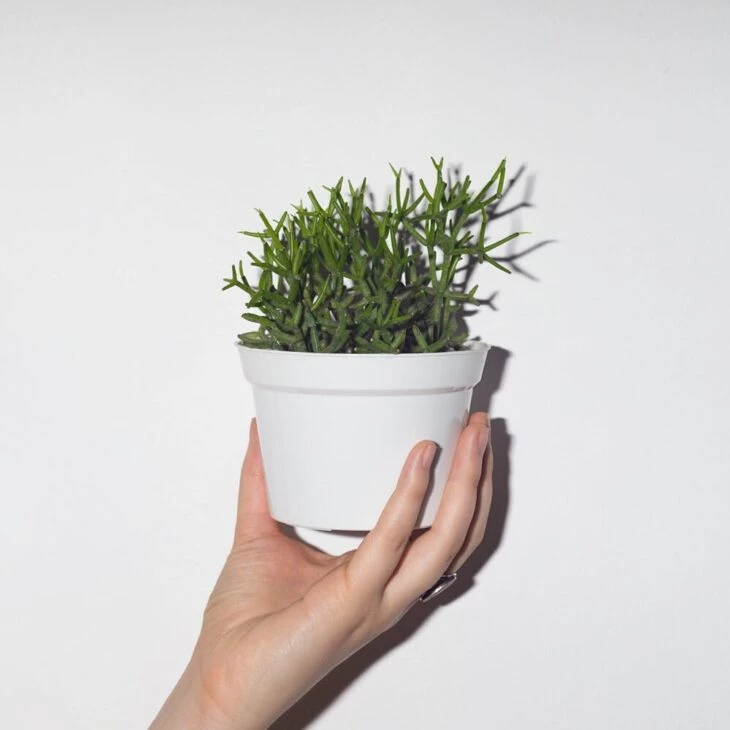
Despite its name, this plant is a succulent, so it has no thorns and has bifurcated branches that resemble spaghetti strands. Like all succulent and cactus species, it does not require frequent watering and resists well to wind and half shade, and can be planted in outdoor areas such as balconies.After blooming, the buds are replaced by little fruits that are more ornamental than the flowers themselves, and the birds love them.
3. pacová
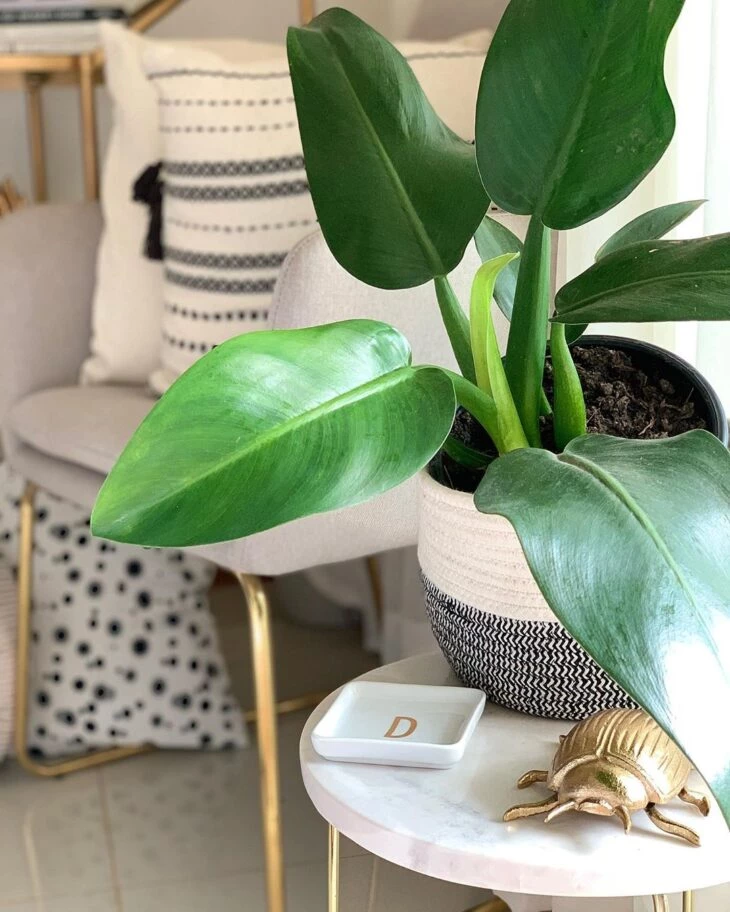
The plant has small, glossy, dark green foliage that protrudes from its base. It is widely used for interior decoration for a tropical effect. Its flowering is rare and its flower is not attractive for ornamentation. Its soil needs moderate organic fertilizer and to be porous, and requires frequent watering.
4. peace lily
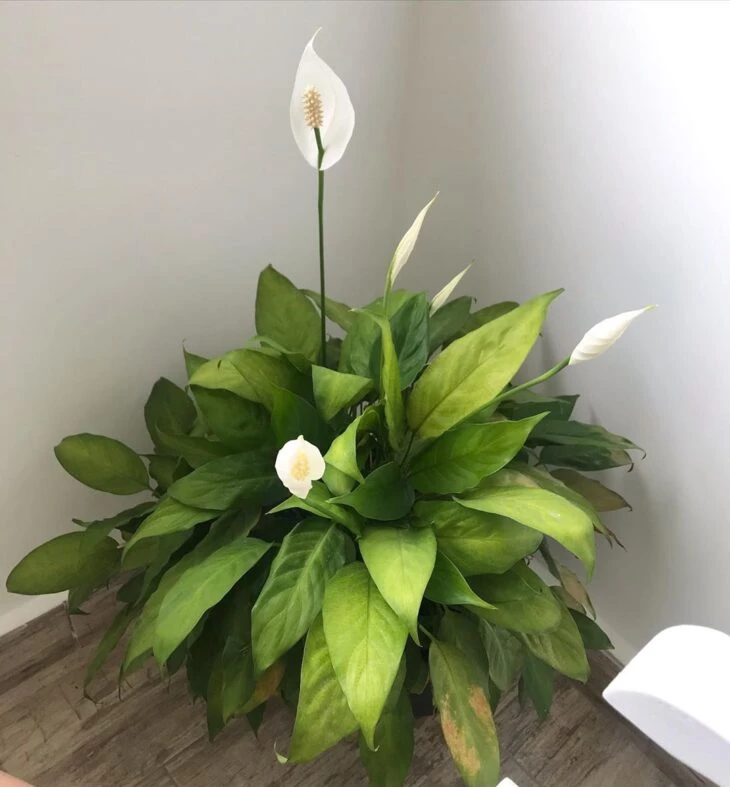
Resembling a glass of milk, the peace lily is one of the most frequently found flowers in decoration projects because of its beauty and delicacy. It does well in environments without direct light and with little water, but warm and humid. Summer is the period when it grows and blooms the most.
See_also: Round Puff: where to buy and 65 beautiful models to decorate5. vinca
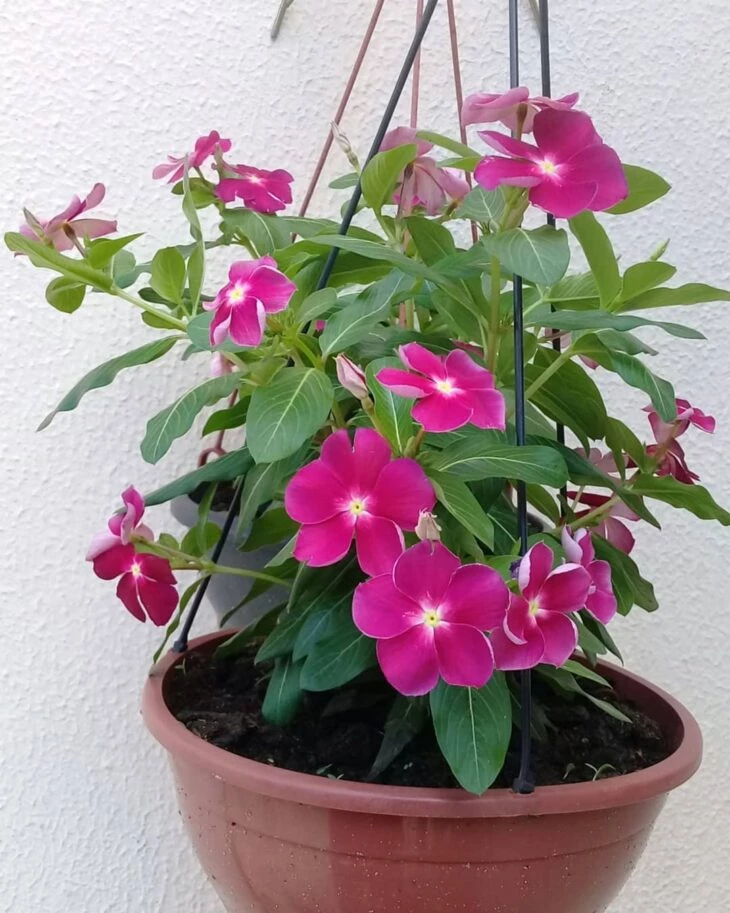
This plant is widely used as a creeper or pendant in pots, and is ideal for vertical gardens. Its leaves are oval and the flowers are of various colors, appearing throughout the year. Fast growing, it prefers environments of half shade and that have some humidity. Its watering must be regular.
6. zamioculca
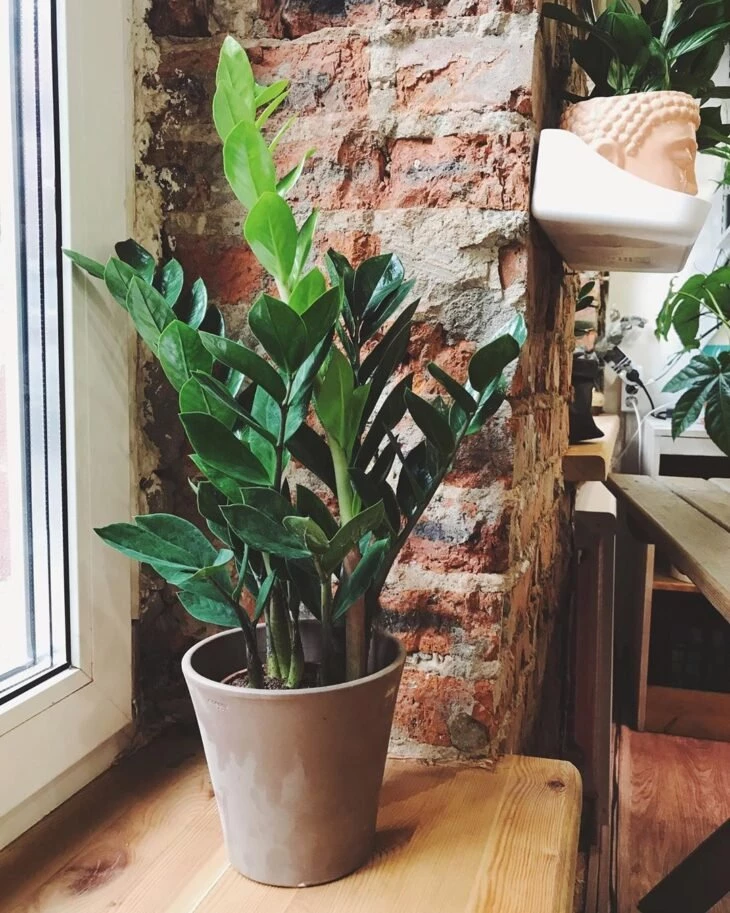
The Zamioculca is an excellent option to give more life to environments with little light, such as bedrooms, living rooms, and entrance halls, due to its high resistance. Its watering can be done once or twice a week and its growth is slow. It is a plant that requires little care and is super versatile to use in decoration.
7. begonia
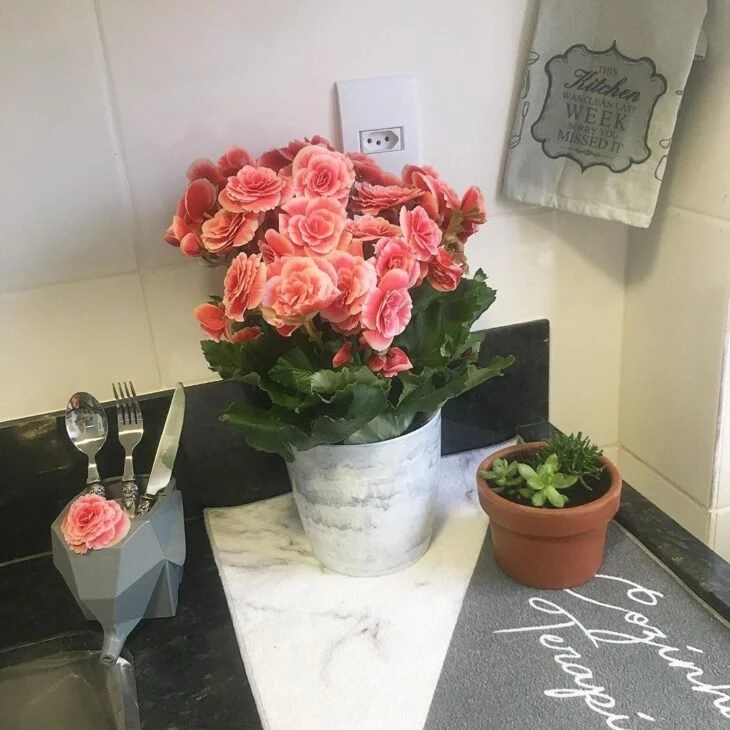
Its leaves and flowers are diverse, ideal for interior decoration and, if well treated, can bloom all year round. The begonia is delicate and fragile, so try to protect it from wind, cold, and sunlight. Watering should be frequent, avoiding wetting the leaves.
8. lucky bamboo
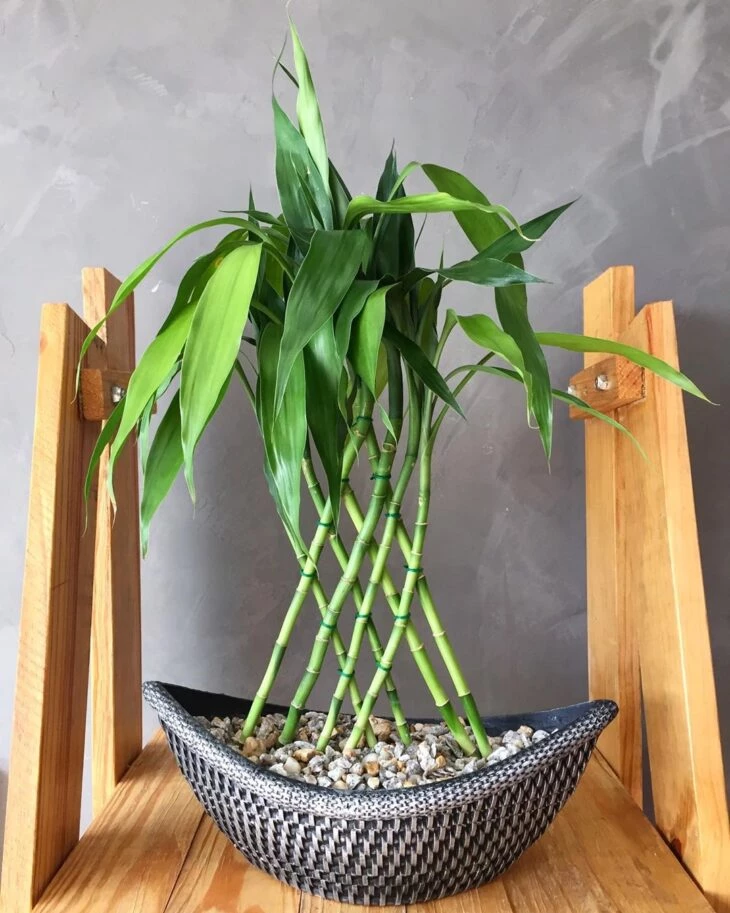
The lucky bamboo doesn't need soil in its pot, just enough distilled water to survive, with weekly changes.
9. bromeliad
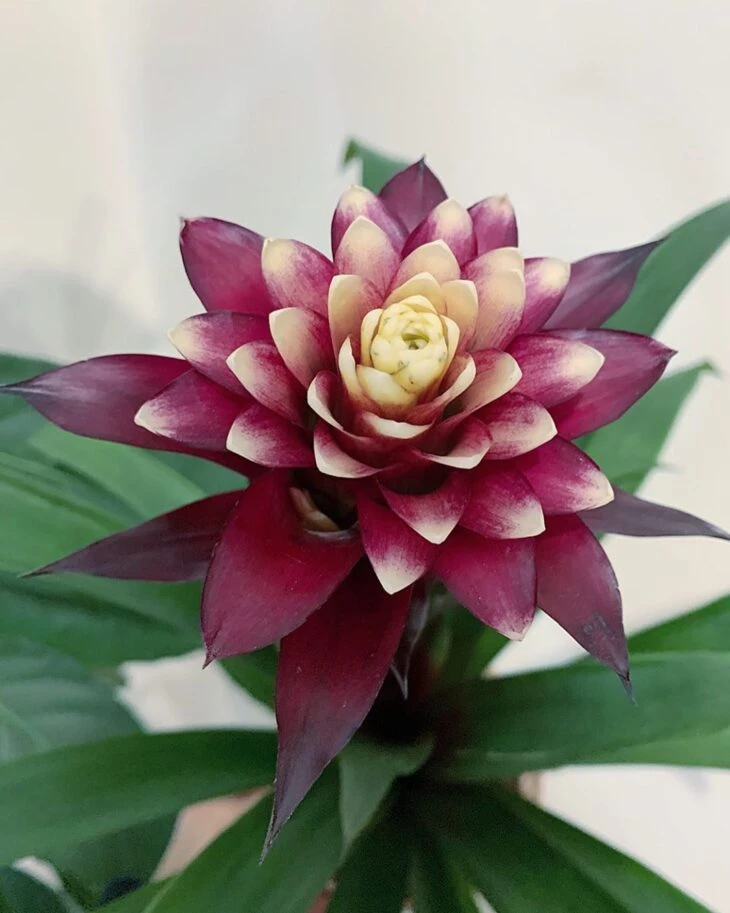
Because they have shallow roots, bromeliads do not need much space to grow, making them ideal for vertical gardens. Keep them out of direct light and on very hot days, spray a little water on their leaves. Sturdy, they adapt to almost any space, both indoors and out.
10. fern
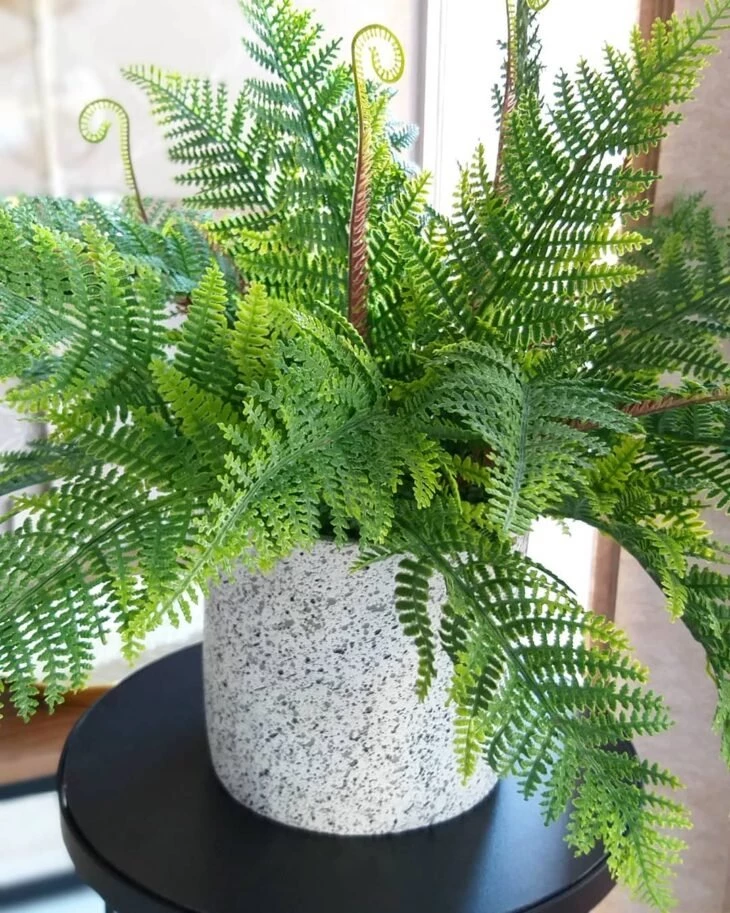
Relatively easy to care for, ferns can beautify your living room or balcony with their green leaves all year round - if well pampered. To grow beautifully and healthily, they need to be in an environment with plenty of humidity, with indirect light, and be watered frequently.
Shade plants are a great choice for decoration, since they resist well indoors, are charming, and bring life to any space. Learn about the models and how to make your own plant support.


